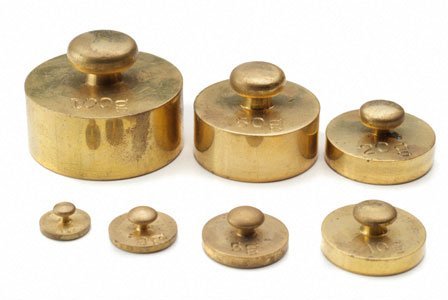mass of compound
Percent Composition is how much an element's or molecule's mass takes up in a compound. In other words, calculating how much of a compound is made up of a certain molecule or atom.
Now for the fun part...counting the load of cra— I mean the mass of each element in a compound
Eg. C6H12O6
Step 1 Calculate the mass of each element (the C, H, and O)
C = 12.0 X 6(as you can see from the compound there are 6 Carbons) = 72.0 grams of Carbon
H = 1.0 X 12 = 12.0 grams of Hydrogen
O = 16.0 X 6 = 96.0 grams of Oxygen
Now add them up together and you should get 180.0 grams.
Step 2 PLUG IT!
Take the weight of each element and stick it into the formula...
% composition = 72.0/180.0 = 40% Carbon
%c composition = 12.0/180.0 = 6.7% Hydrogen
% composition = 96.0/180.0 = 53.3% Oxygen
THAT IS ALL.......JOKES ON YOU. Now I will guide you with using the crap from the top to apply it onto another pile of said crap called Empirical Formula
Step 1 always assume its 100.0 grams of material (Just do it).
Step 2 Convert those percentages we derived several seconds ago into grams.
Step 3 Now convert your crap into moles.......for the visual viewers....
Step 4 divide the brown spot (MOLES) by the smallest value
Eg. C = 48.0%
H = 9.33%
O = 42.7% (remember these should add up to 100%)
48.0 X 1 mole/12.0g= 4.0.....
9.33 X 1 mole/1.0g = 9.333.....
42.7 X 1 mole/16.0g= 2.66875...
WE'RE ALMOST DONE THE CRAP.
Now take all 3 of those measurements and divide each one by the smallest measurement
(In this case: 2.66875)
you should get C = 1.5
H = 3.5
O = 1
EEW look at those ugly numbers.....lets make them prettier by scaling all of them, whatever you multiply to 1 you have to do to all 3...... (hint hint multiply everything by 2)
Your attention please, the moment you have been waiting for....(drum roll) THE ANSWER!! C3H7O2
That's all folks!!!
Let the kids (all of you) decide: would you rather prefer to learn Alchemy or Chemistry?




















